Breadcrumb
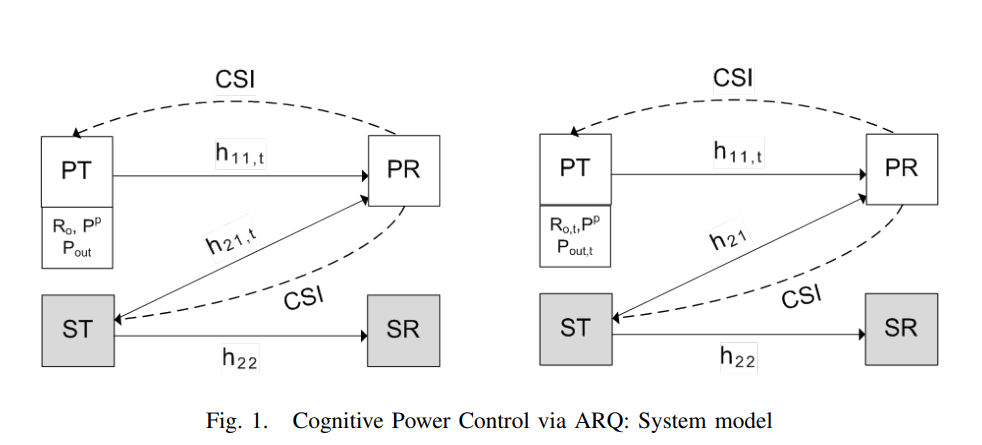
Throughput maximization over temporally correlated fading channels in cognitive radio networks
We consider a primary link and a secondary link, each composed of a transmitter and a receiver. The primary channel and the channel between the secondary transmitter and the primary receiver follow a first-order Markov model for channel variation over time. Under this assumption of temporal correlation and via exploiting the channel state information (CSI) feedback, we pose the cognitive power control problem as the maximization of secondary throughput subject to a constraint on the primary outage. To solve this problem, we assume that the primary transmitter sends with a constant-rate and
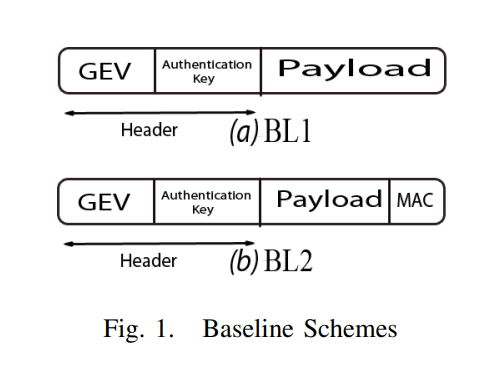
SANC: Source authentication using network coding
In this paper, we explore the security merits of network coding and potential trade-offs with the widely accepted throughput benefits, especially in multicast scenarios. In particular, we propose a novel Source Authentication using Network Coding (SANC) scheme that can either complement state-of-the-art application-layer authentication schemes proposed in the literature or be used as a stand-alone scheme in network coding-based networks. Towards this objective, we propose a general framework for embedding the authentication information within the network coding Global Encoding Vector. This is
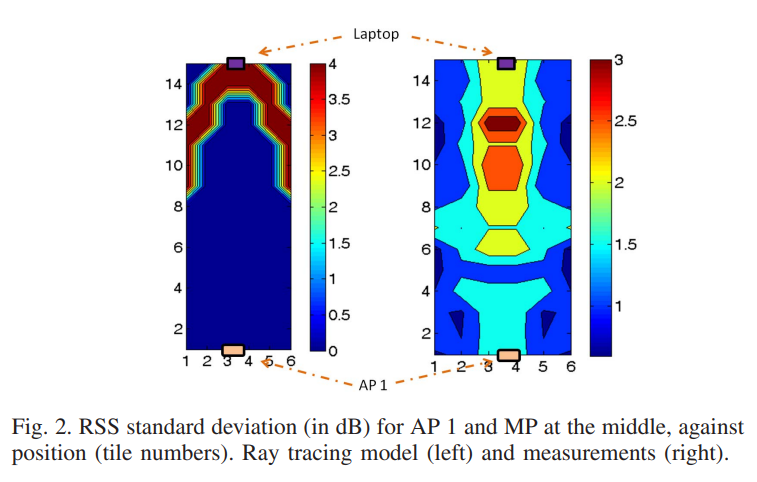
Impact of the human motion on the variance of the received signal strength of wireless links
Human motion has strong impact on the received signal strength (RSS) of indoor wireless links that can be exploited for variance-based device-free positioning. In this paper, we investigate the effect of human motion on the variance of the RSS of wireless local area networks (WLAN) operating at 2.4 GHz. Using measurements, the RSS variance for human in-place motion is determined as a function of the human position in a corridor setting. We provide ray tracing and empirical models to capture this effect. The accuracy of the different models is compared under different scenarios. Furthermore, we
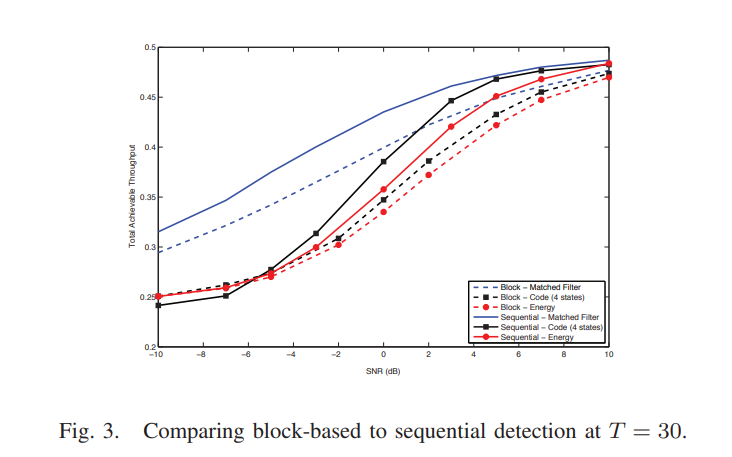
On the utility of primary side information in cognitive sensing
In this paper, we study the impact of the knowledge of primary side information on the efficiency of spectrum sensing for cognitive radio networks. In particular, assuming that the secondary transmitter knows the modulation and/or coding scheme used in the primary transmissions, we evaluate the efficiency of spectrum sensing in terms of maximizing the overall achievable throughput of the system. We present the results for both block-based and sequential detection techniques. We show that in sequential detection, and when the cognitive transmitter has knowledge of the primary codebook, the

MIMO VANETs: Research challenges and opportunities
In this paper, we provide a review of the benefits of employing multiple-input multiple-output (MIMO) processing techniques in vehicular ad hoc networks VANETs. These benefits include increasing the range of communication via beamforming, improving the reliability of communication via spatial diversity, increasing the throughput of the network via spatial multiplexing, and managing multiuser interference due to the presence of multiple transmitting terminals. We also present a number of key research challenges facing MIMO VANETs. The first one is deriving statistical MIMO-V2V channel models

Distributed cooperative q-learning for power allocation in cognitive femtocell networks
In this paper, we propose a distributed reinforcement learning (RL) technique called distributed power control using Q-learning (DPC-Q) to manage the interference caused by the femtocells on macro-users in the downlink. The DPC-Q leverages Q-Learning to identify the sub-optimal pattern of power allocation, which strives to maximize femtocell capacity, while guaranteeing macrocell capacity level in an underlay cognitive setting. We propose two different approaches for the DPC-Q algorithm: namely, independent, and cooperative. In the former, femtocells learn independently from each other, while
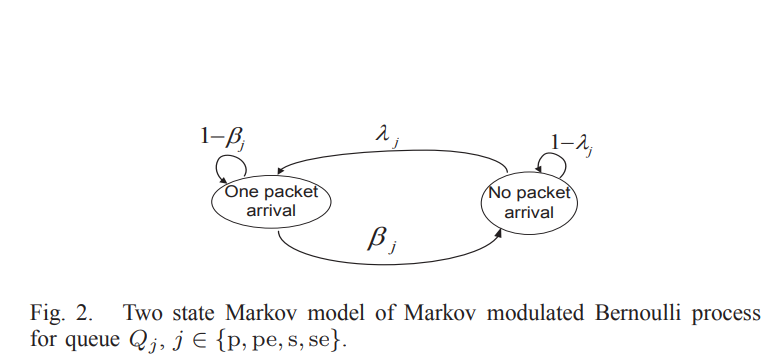
Optimal cooperative cognitive relaying and spectrum access for an energy harvesting cognitive radio: Reinforcement learning approach
In this paper, we consider a cognitive setting under the context of cooperative communications, where the cognitive radio (CR) user is assumed to be a self-organized relay for the network. The CR user and the primary user (PU) are assumed to be energy harvesters. The CR user cooperatively relays some of the undelivered packets of the PU. Specifically, the CR user stores a fraction of the undelivered primary packets in a relaying queue (buffer). It manages the flow of the undelivered primary packets to its relaying queue using the appropriate actions over time slots. Moreover, it has the

An information-theoretic model for knowledge sharing in opportunistic social networks
In this paper we establish fundamental limits on the performance of knowledge sharing in opportunistic social networks. In particular, we introduce a novel information-theoretic model to characterize the performance limits of knowledge sharing policies. Towards this objective, we first introduce the notions of knowledge gain and its upper bound, knowledge gain limit, per user. Second, we characterize these quantities for a number of network topologies and sharing policies. This work constitutes a first step towards defining and characterizing the performance limits and tradeoffs associated
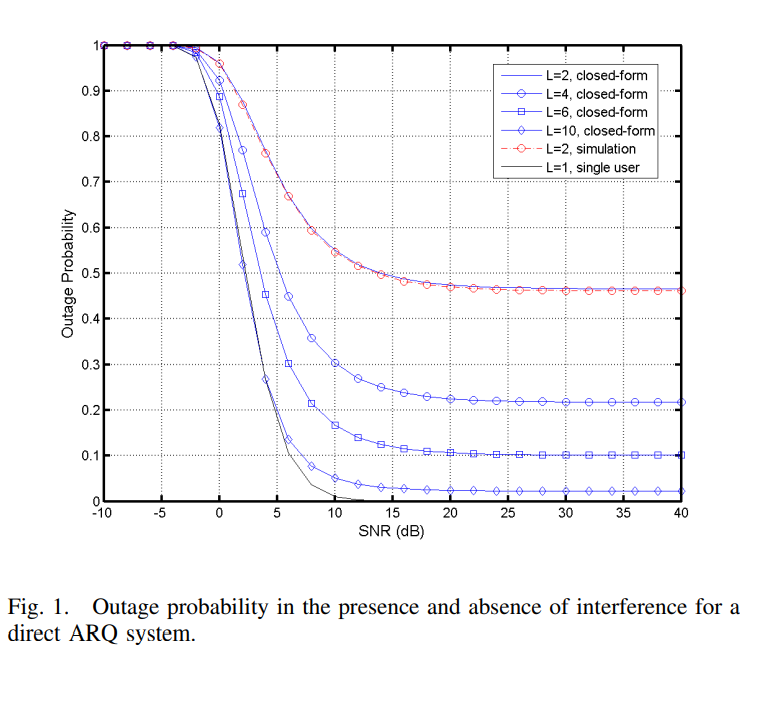
Optimal beamforming for MIMO shared relaying in downlink cellular networks with ARQ
In this paper, we study the performance of the downlink of a cellular network with automatic repeat-request (ARQ) and a half duplex decode-and-forward shared relay. In this system, two multiple-input-multiple-output (MIMO) base stations serve two single antenna users. A MIMO shared relay retransmits the lost packets to the target users. First, we study the system with direct retransmission from the base station and derive a closed form expression for the outage probability of the system. We show that the direct retransmission can overcome the fading, however, it cannot overcome the
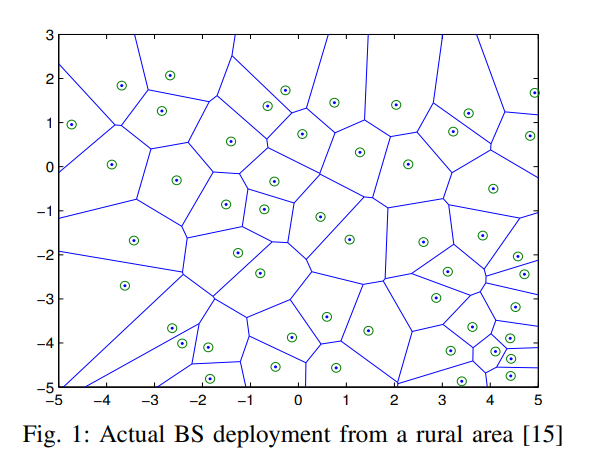
Coverage probability analysis for wireless networks using repulsive point processes
The recent witnessed evolution of cellular networks from a carefully planned deployment to more irregular, heterogeneous deployments of Macro, Pico and Femto-BSs motivates new analysis and design approaches. In this paper, we analyze the coverage probability in cellular networks assuming repulsive point processes for the base station deployment. In particular, we characterize, analytically using stochastic geometry, the downlink probability of coverage under a Matern hardcore point process to ensure minimum distance between the randomly located base stations. Assuming a mobile user connects to
Pagination
- Previous page ‹‹
- Page 15
- Next page ››

